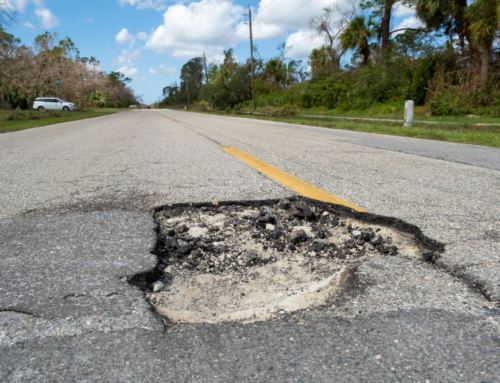Dealing with a personal injury claim is complex enough, but the presence of a pre-existing condition adds another layer of complexity to your case. Pre-existing conditions are medical issues that existed before the accident or injury for which you’re currently seeking compensation. Understanding how these conditions affect your personal injury claim is crucial in building a robust case and ensuring fair compensation. This article will explore the intricacies of dealing with pre-existing conditions in personal injury claims, their challenges, and strategies to address them effectively.
Understanding Pre-Existing Conditions in the Context of Personal Injury Claims
A pre-existing condition can be anything from a prior injury to a long-term illness that affects the same part of your body as the recent injury. The critical issue in personal injury cases is not whether you had a pre-existing condition but how the accident or injury impacted that condition. Insurance companies and defense attorneys often scrutinize pre-existing conditions, looking for ways to attribute your current injuries to past issues rather than the incident in question.
This scrutiny often leads to one of the most significant challenges in personal injury claims: distinguishing the effects of the recent injury from the impacts of the pre-existing condition. Medical records become crucial in this aspect, as they provide a clear picture of your health before and after the incident. It’s essential to be honest and upfront about your medical history, as any attempt to hide a pre-existing condition can severely undermine your credibility and, consequently, your claim.
The “Eggshell Plaintiff” Doctrine
The legal system acknowledges the complexities of pre-existing conditions through the “Eggshell Plaintiff” doctrine. This principle states that a defendant cannot avoid liability simply because an injury is more severe due to the plaintiff’s pre-existing vulnerabilities. Essentially, the at-fault party must take the victim as they find them, which means if your pre-existing condition makes you more susceptible to injury, the defendant is still liable for the full extent of the harm caused.
However, while this doctrine protects your rights, it doesn’t automatically guarantee full compensation for all your current injuries. You and your legal team must demonstrate the distinction between the aggravation caused by the recent incident and the symptoms of your pre-existing condition. This often requires detailed medical evaluations and expert testimony.
The Role of Medical Evidence
Medical evidence is the linchpin in addressing pre-existing conditions in personal injury claims. Comprehensive medical records that predate the injury offer a baseline of your health before the incident. They can demonstrate the status and progression of any pre-existing conditions, contrasting the post-accident medical reports.
After the incident, thorough medical assessments are crucial to document the changes or exacerbations in your condition. It’s essential to have your treating physician clearly articulate how the accident worsened your pre-existing condition. In some cases, medical experts might be required to analyze your records and provide professional opinions on how the incident impacted your pre-existing condition.
Challenges and Strategies in Proving Aggravation
One of the primary challenges in personal injury claims with pre-existing conditions is proving that the accident aggravated the condition. The defense might argue that your current symptoms are merely a continuation of your pre-existing condition and unrelated to the incident. Overcoming this requires a strategic approach, often involving a detailed analysis of medical records and, in some cases, a chronological comparison of your symptoms before and after the incident.
An effective strategy often involves illustrating the differences in your quality of life or abilities before and after the accident. This could include testimony from family, friends, or coworkers who can vouch for the changes in your condition. Documenting daily activities, pain levels, and any changes in your routine can also provide tangible evidence of the aggravation caused by the accident.
Conclusion
Dealing with a personal injury claim when you have pre-existing conditions can be challenging, but it’s not insurmountable. Understanding the legal nuances and preparing a case with solid medical evidence is key to ensuring that you receive fair compensation for the aggravation of your condition. Honesty about your medical history and a strategic approach in demonstrating how the accident worsened your condition is essential in these cases.
If you’re dealing with a personal injury claim and have pre-existing conditions, knowledgeable legal representation is crucial to navigate these complex issues. Our experienced personal injury firm is well-versed in handling such cases, ensuring your rights are protected, and you receive the compensation you deserve. Contact us today to schedule a consultation, and let us help you build a strong case that accurately reflects the impact of your injury.








